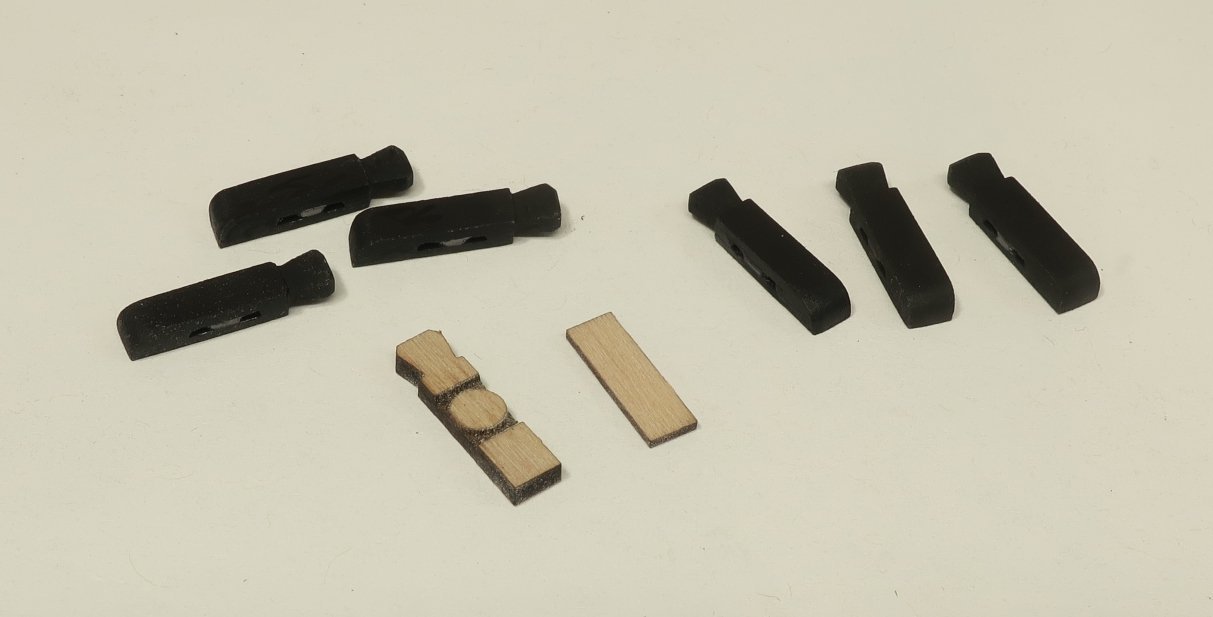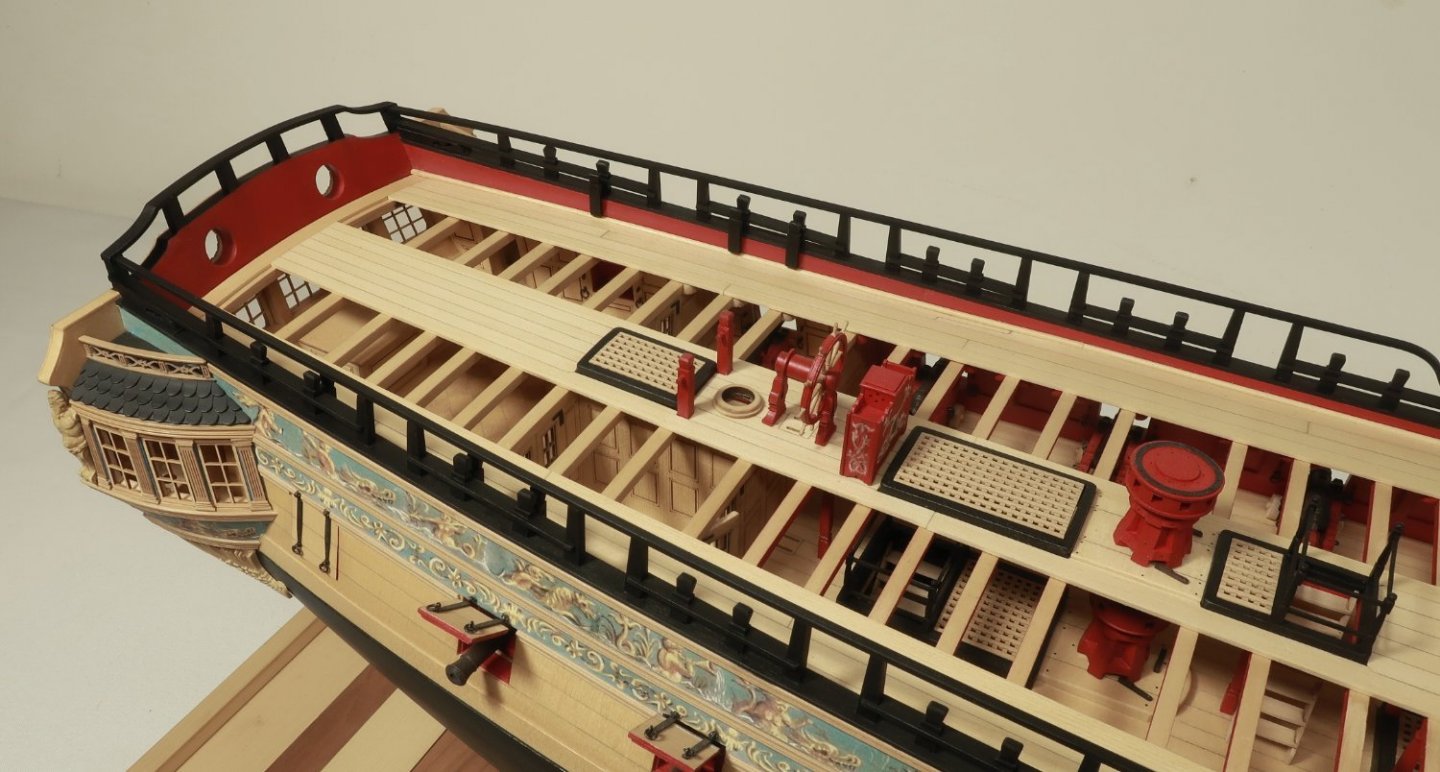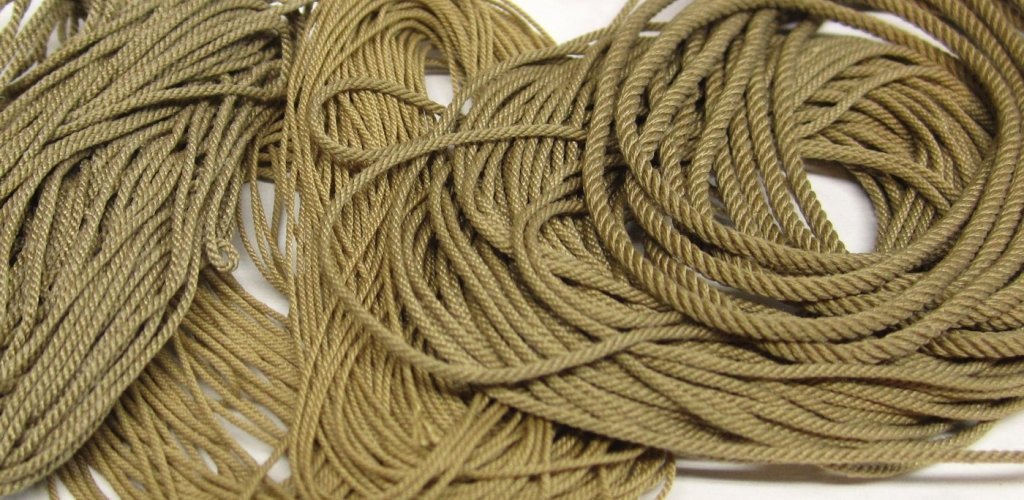-
Posts
9,660 -
Joined
-
Last visited
Content Type
Profiles
Forums
Gallery
Events
Everything posted by Chuck
-
Probably.....I am hoping to start making them next week.
- 1,784 replies
-
- winchelsea
- Syren Ship Model Company
-
(and 1 more)
Tagged with:
-
I would check the original draft. This usually indicates which ways the doors opened and where the bulkheads were. In the case of Winnie this was changed a few times as indicated by different color new lines. It also varied depending on which ship it was in the class. But the drafts should show this very well if you have a deck layout sheet.
- 857 replies
-
- Sphinx
- Vanguard Models
-
(and 1 more)
Tagged with:
-
None really. Its all the same. I have a cheap $30 toaster oven. It works a treat. It has a rack and that is all you need. Bake at 275 to 325 degrees for about 5 or 6 minutes. its easy peasy.
-
Those carriages havent been made yet. Its on the list. The Binnacle parts are included in chapter 10. The binnacle is not a mini kit, although it may become one soon so folks can use it on other appropriate models. ….and yes, if you examine the plans you will see swivel guns and mounts. That is part of chapter 11.
- 1,784 replies
-
- winchelsea
- Syren Ship Model Company
-
(and 1 more)
Tagged with:
-
One of the last items to make for chapter ten are these fairleads that are positioned along the inboard side of the qdeck bulwarks. They are basically like timberheads with a sheave. They are used to belay the falls for the upper ropes of the main mast and mizzen. Now I originally placed I believe 5 of these on each side. But recently I have learned there were only three. I also now have better images of the contemporary model which also confirms this. So if you are examining the plans. You will ONLY be adding the aft-most three of these on both sides. This matches the Winnie contemporary model along with several others. They are easy to make and laser cut in two layers. Just glue the thinner 1/32" thick layer (this actually becomes the back side against the bulwarks) to the thicker layer with the sheave etched in it. Then sand the char and even out the sides. You will have to shape the top of the timberhead as the others with a sharp blade. Also round off the bottom front edge as shown below. Remember to round off the right side...….the front side. These are then glued to the inboard side of the bulwarks. They are exactly opposite the timberheads on the rail as you can see. This makes positioning them easy enough. They should be vertical. These are laser cut with the tops and bottoms on an angle. So there are port and starboard versions of these. Make sure you select the right ones for each side. Here you can see them in position on my model. Next up I will make the eyebolts and rings for the guns. These will be placed on the inboard side of the rail. Check the plans. Luckily we only have 8 to make so not as bas as making all of the eye bolts for the gun deck. In addition....because of the how we are planking the quarter deck, there will be no place to secure the eyebolts and split rings on deck. They would have fallen where we show the planking removed on the qdeck. Making the 8 six pounders and carriages will complete this chapter. They are sold separately as before. They are 1 9/16" long. I will place all 8 on the qdeck but be aware that in actuality only six would be placed there. The other two would have been on the fcastle. But as shown on many contemporary models they seem to place them all on the qdeck. My guess is they want to fill that dead space near the transom. Chuck
- 1,784 replies
-
- winchelsea
- Syren Ship Model Company
-
(and 1 more)
Tagged with:
-
I used a common glue stick....An elmers glue stick for crafts and paper. Works absolutely fine. I applied a light coat of fixative to the the friezes but you can do the same. Stand and spray from a good distance. Just a light coat if you want to add more. I used Krylon Matte fixative.
- 155 replies
-
- Medway Longboat
- Syren Ship Model Company
-
(and 1 more)
Tagged with:
-
That looks really terrific. You would never know that this is your first ship model. This is NOT a beginner model and you are doing a fantastic job. You should be very happy with the results thus far. Chuck
- 155 replies
-
- Medway Longboat
- Syren Ship Model Company
-
(and 1 more)
Tagged with:
-
Simply wonderful Rusty....its a shame it will be mostly hidden. But at least we get a chance to see it here in the photos. Chuck
- 642 replies
-
- winchelsea
- Syren Ship Model Company
-
(and 1 more)
Tagged with:
-
Nicely done. That is some perfect rope.
-
Watch the first video part again... Note how at the end I use a small clamp to stop it from unwinding if you build up so much tension it starts to untwist. Usually only for really big ropes. Note how far I walked the head stock.....quite a bit for a short rope. That is a lot of twists. Dont be afraid to twist those strands a lot. and the second video just to complete the process. Remember that I am using linen/cotton thread in the videos. If you are using poly.....tie a knot on both ends and bake your rope in the oven as I detailed in this topic below.
-
Nice try. Keep at it. But yes you need to probably increase twists on both ends quite a bit. Probably by a multiple of 5 or more. Dont be afraid to really twist it. Those examples are much to loose. For comparison ...look at this rope. The lay should almost be at 90 degrees to the rope before you cut it free. Then harden the rope and it will relax a bit more and up with the correct angle and tighter lay. If built properly the head stock will not (should not) rotate when you start laying up the rope. If it does, that means your gears are way too loose. If in the rare event that you build up so much tension in the head stock eye hooks that it starts unwinding. You should either tighten the gears more or place a clamp on one eye hooks to prevent it from spinning. But that should not happen unless you are making huge rope with a ton of tension being built up. I can tell from your photos however, that you are under-twisting by a whole lot.......a whole lot.
-
That is really coming together. I hope to see it again in person at the CT show in April.
- 642 replies
-
- winchelsea
- Syren Ship Model Company
-
(and 1 more)
Tagged with:
-

HM Cutter Cheerful 1806 by JpR62 - 1:48 scale
Chuck replied to JpR62's topic in - Build logs for subjects built 1801 - 1850
Lovely!!! 😄 -
That looks very good. You might try adding a small 1/4” wide 1/32” strip on the inboard side. Between the two frames where that small hole is. Just to support it. Then add some elmers fuller to the outboard side. Hopefully the color will match ok but with careful painting it could be hidden almost entirely. thats a shame you sanded through it. Otherwise
- 155 replies
-
- Medway Longboat
- Syren Ship Model Company
-
(and 1 more)
Tagged with:
-
It depends on the wood. A harder wood like boxwood I just paint directly on the surface after sanding it very very smooth. Softer wood like cedar, is sanded as well but then I apply a coat of sanding sealer. I also still sand between many coats of thinned paint. I sand the paint and if I get to bare wood I have gone too far. I use 600 grit or even finer grit at that stage.
- 1,784 replies
-
- winchelsea
- Syren Ship Model Company
-
(and 1 more)
Tagged with:
-
12 for sure.....but if one of them gets too long I may stretch it to lucky number 13. And then after that a sep. mini kit for the 30 ft barge and its display on the model.
- 1,784 replies
-
- winchelsea
- Syren Ship Model Company
-
(and 1 more)
Tagged with:
-
Thank You....A few fairleads along the inboard bulwarks are next up along with eyebolts and metal work. Lastly the 8 guns on the qdeck will be added to complete chapter 10.
- 1,784 replies
-
- winchelsea
- Syren Ship Model Company
-
(and 1 more)
Tagged with:
About us
Modelshipworld - Advancing Ship Modeling through Research
SSL Secured
Your security is important for us so this Website is SSL-Secured
NRG Mailing Address
Nautical Research Guild
237 South Lincoln Street
Westmont IL, 60559-1917
Model Ship World ® and the MSW logo are Registered Trademarks, and belong to the Nautical Research Guild (United States Patent and Trademark Office: No. 6,929,264 & No. 6,929,274, registered Dec. 20, 2022)
Helpful Links
About the NRG
If you enjoy building ship models that are historically accurate as well as beautiful, then The Nautical Research Guild (NRG) is just right for you.
The Guild is a non-profit educational organization whose mission is to “Advance Ship Modeling Through Research”. We provide support to our members in their efforts to raise the quality of their model ships.
The Nautical Research Guild has published our world-renowned quarterly magazine, The Nautical Research Journal, since 1955. The pages of the Journal are full of articles by accomplished ship modelers who show you how they create those exquisite details on their models, and by maritime historians who show you the correct details to build. The Journal is available in both print and digital editions. Go to the NRG web site (www.thenrg.org) to download a complimentary digital copy of the Journal. The NRG also publishes plan sets, books and compilations of back issues of the Journal and the former Ships in Scale and Model Ship Builder magazines.






